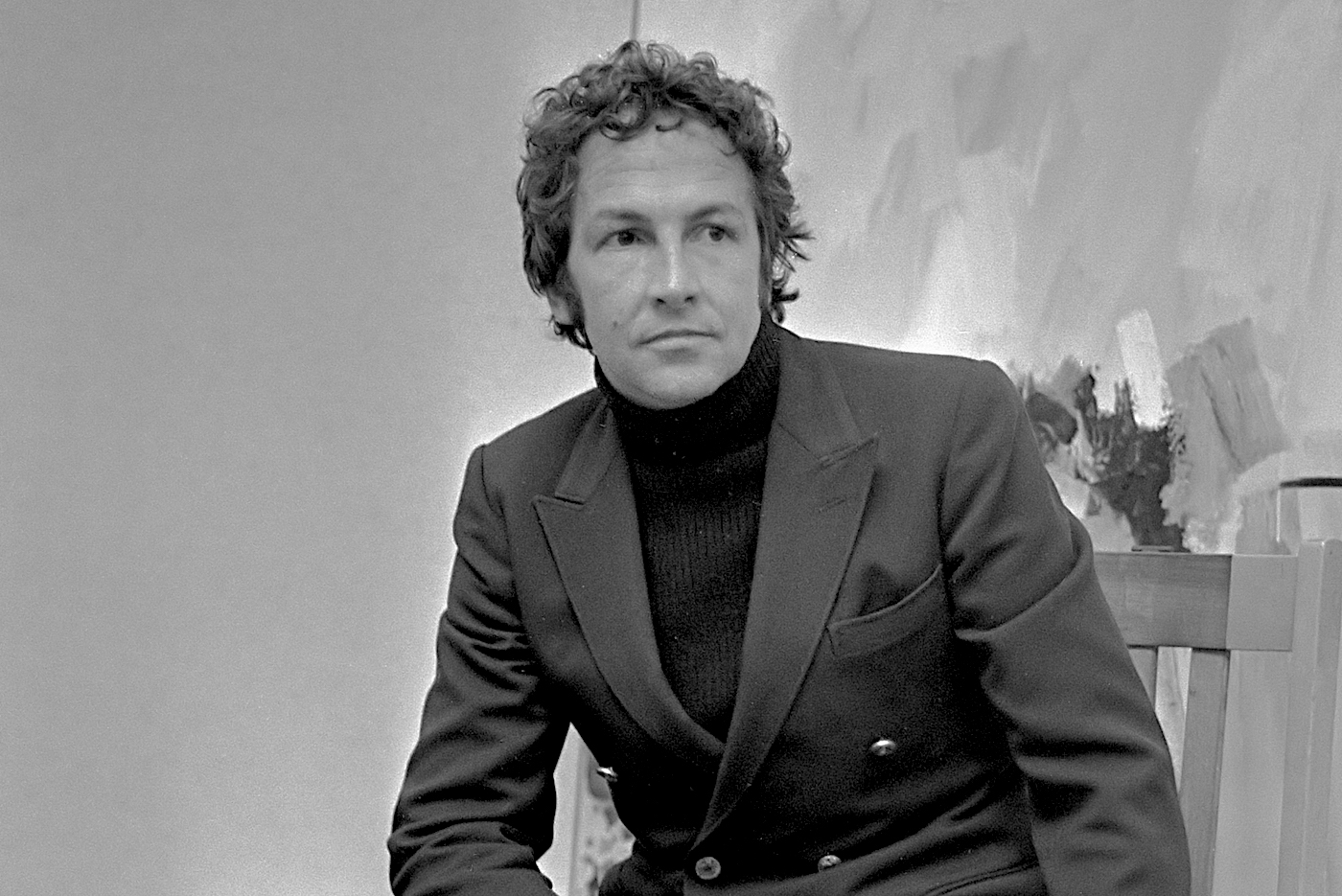In her new documentary, Taking Venice, Amei Wallach plunges us into the tumultuous and vibrant world of the 1964 Venice Biennale, weaving a narrative that feels less like a straightforward historical recount and more like a political drama brimming with intrigue and speculation.
Taking Venice is a gripping exploration of the sensational true story behind the long-rumoured conspiracy that the 1964 Venice Biennale was manipulated by U.S. government agents and a cadre of influential insiders to secure the grand prize for their chosen artist, Robert Rauschenberg.
Imagine a scenario where the U.S. government is so entangled in fine arts that it conspires to ensure that an American artist wins the Golden Lion. This is the intriguing premise of Wallach’s documentary, illuminating the intersection of art and politics during the Cold War. Set against this backdrop, Taking Venice delves into how the U.S. government sought to combat Communism through cultural superiority. The Venice Biennale, the world’s most prestigious art exhibition, became a strategic battleground in 1964.
Alice Denney, a prominent Washington insider with close ties to the Kennedys, recommended Alan Solomon, an ambitious and innovative curator, to organize the U.S. entry. Collaborating with Leo Castelli, a powerful New York art dealer, they hatched an audacious plan to crown Robert Rauschenberg as the Grand Prize winner. At the time, Rauschenberg was an emerging talent yet to be fully embraced by the art establishment. His revolutionary “combines”—artworks that fused painting, sculpture, found objects, and pop culture imagery—challenged traditional artistic norms and paved the way for contemporary art’s future. Despite his potential, Rauschenberg was not initially seen as a frontrunner for such a prestigious award.
Taking Venice delves into the strategic manoeuvres and behind-the-scenes machinations that propelled Rauschenberg to victory, leaving the international art community in shock and leading to accusations of foul play. The film captures the tension and intrigue of the American team’s efforts, which could rival any Hollywood thriller, and reflects on the broader implications of nationalism in the arts. The documentary also examines the impact of this controversial win on Rauschenberg himself, who found his success entangled with the complex politics of the era. Through archival footage and interviews with key figures, Taking Venice offers an insightful look at how art and politics intersected during one of modern history’s most politically charged periods.
For those familiar with Cold War history, the involvement of U.S. intelligence agencies in cultural activities is not a revelation. Literature, music, and fine arts (especially the NY Abstract Expressionists) were used as instruments of cultural intervention to assert American artistic supremacy over the Soviet Union. The documentary delves into one of the most intriguing chapters of this cultural Cold War: the alleged conspiracy between the U.S. State Department and art dealers to secure the grand prize at the Venice Biennale for Robert Rauschenberg. This prestigious event, often described as the “Olympics of art” and a “fiesta of nationalism,” becomes the backdrop for Wallach’s compelling tale.
While Taking Venice refrains from confirming the alleged conspiracy, it vividly depicts American artists making significant strides into what was once a predominantly European domain. The documentary captures a period characterized by American hopefulness and artistic ingenuity, with luminaries like Rauschenberg, Warhol, Dine, Stella, Chamberlain, and Johns leading the charge. Their work challenged traditional notions of painting, boldly prioritizing the present over the past. Wallach masterfully encapsulates this era of confidence and creativity, painting a vibrant picture of an art scene brimming with audacity and innovation.
Wallach’s film also sheds light on the complex and often covert support these artists received from their government. In a 1963 speech, President John F. Kennedy declared, “I see little of more importance to the future of our country and civilization than full recognition of the place of the artist.” Yet, as Taking Venice reveals, this freedom of expression was paradoxically controlled by entities like the House Un-American Activities Committee and intelligence agencies, which decided who would represent the country and whose voices would be suppressed.
Contemplating this era, it’s striking to see how painting, sculpture, jazz, literature, and more were once seen as crucial instruments for cultural diplomacy. This starkly contrasts with today’s art world, where commercialism often overshadows the cultural aspirations that art once embodied. Wallach’s documentary not only prompts but demands a reevaluation of art’s evolving role in society and its influence on international relations.
With the current edition of the Venice Biennale underway, Taking Venice raises timely questions about what it means to be an American artist—or, indeed, an artist from any nation. Christine Macel, curator of the 2017 Biennale, succinctly captures this sentiment at the film’s outset: “Art is not only about art. It’s about power and politics. When you have the power, you show it through art.”
Taking Venice is a poignant reminder of the intricate interplay between art, politics, and power. Wallach’s documentary does more than recount a historical event; it invites viewers to ponder the ongoing significance of these relationships in our contemporary world. Through this lens, Taking Venice is not just a retrospective look at a pivotal moment in art history but a compelling exploration of the enduring power dynamics that continue to shape today’s art world. By reexamining the 1964 Venice Biennale events, Taking Venice underscores art’s vital role in cultural diplomacy and invites us to reflect on the transformative potential of artistic expression in a complex, politically charged world. Wallach’s film is a testament to the power of art to influence, challenge, and inspire.
Top Photo: Robert Rauschenberg Stedelijk Museum 1968 Photo Jack de Nijs for Anefo Via Wiki Media
“Taking Venice,” A new documentary by Amei Wallach, explores the 1964 Venice Biennale.

